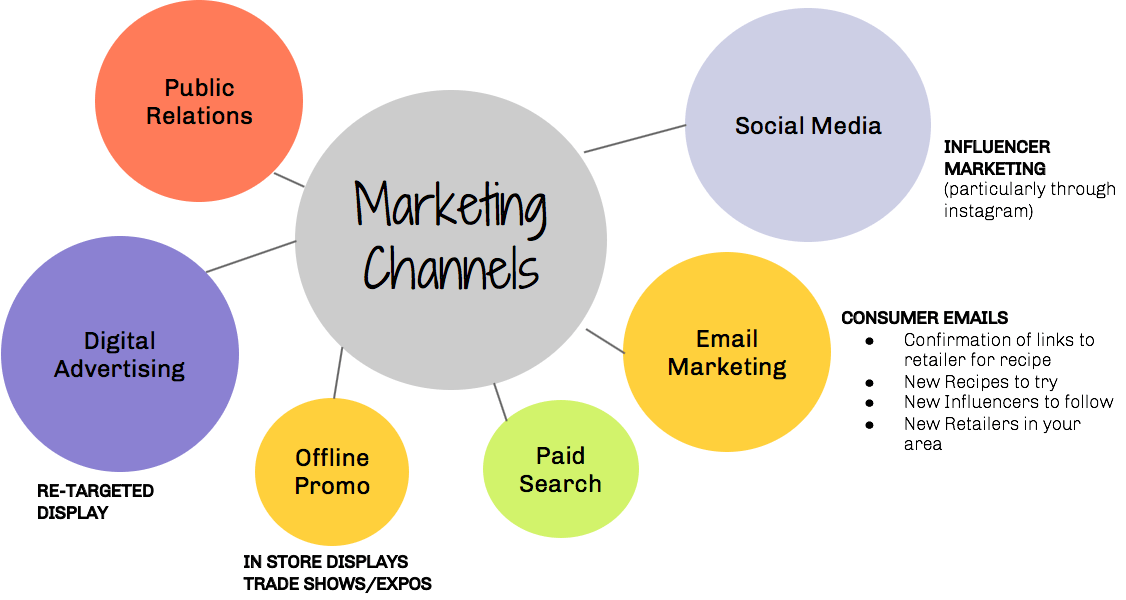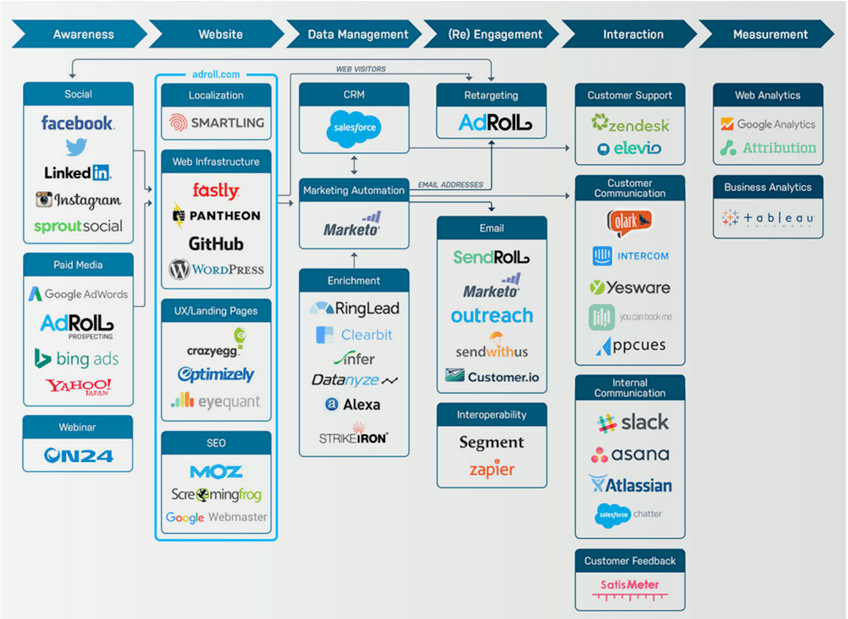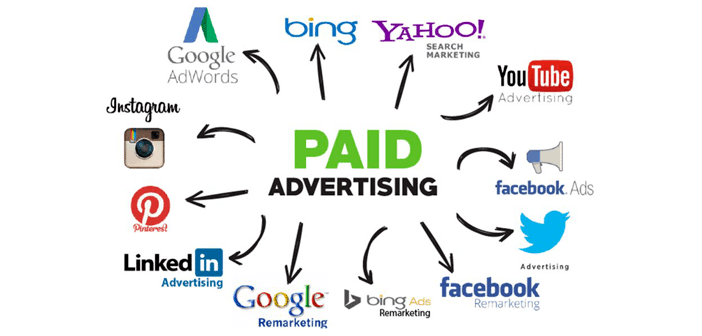12 steps you can take to cut marketing costs without hurting your business

How to Cut Marketing Costs in Response to Economic CrisesThis article was orginally drafted in early 2020 - at the start of the global pandemic crisis. The article has been refreshed to be more applicable to economic downturns. If you’re being asked to make significant cuts to your marketing budget, here are 12 steps you can take to cut marketing costs. We've used the exact same approach to help firms cut marketing costs by over 20% quickly. At the time of writing, COVID-19 has been declared a global pandemic. The financial markets are in freefall with some of the largest market declines seen in decades. Interest rates have been cut. Saudi Arabia and Russia are in the middle of a battle on oil markets. Events and public gatherings are being cancelled. Travel is being cancelled. Borders are being closed. And that’s just the start. Unfortunately none of this was forecasted. In late 2019 when companies were building their 2020 plans, there was no indication that we might see a global crisis in Q1 of 2020. This came quick and hard and blindsided everyone. In response to market turmoil, businesses will be looking for ways to cut costs immediately. This includes marketing. Especially marketing.This article discusses how to cut marketing costs in ways that will minimize impact to the business.This article (still a work in progress) is meant to act as guidance for marketers within financial firms such as accounting practices, law firms, consulting firms, etc. to help identify ways to reduce or cut marketing costs from your budgets. Other marketers are free to use it and reference it as well, but you may find that some of the suggestions don't apply in your case. It is best to be proactive and try to stay ahead of this.As marketers you can engage with firm leadership and provide thinking around what can be done to decrease costs, and ideally, how marketing costs can be reduced without negatively impacting the long term health of the business. One of the most important aspects of running a successful business is the need to continually market yourself. Without consistent and effective marketing, no one will know you exist. But, marketing just for the sake of marketing won’t do any good, either. You need to be doing this effectively. Your marketing efforts need to strike a balance between making adequate expenditures yet not sacrificing the cash you need for other needs. Below are 12 strategies for cutting marketing costs, while trying to minimize long-term damage to your businessNow, more than ever, you need to drop your cost of client acquisition and find effective zero or low-cost cost methods to market that will keep your business going. |

1. Start by conducting a marketing review or auditIt may seem counter-intuitive, but if you’re going through your business and cutting costs, you need to know what you can cut that’s not going to have a knock on effect to your business later. Reviewing your marketing now can help you to identify what can be cut and what can’t. Before doing anything else, you should start by completing a full marketing review.
We recognize that businesses may be pressed for time and may not have the luxury of completing a full and formal marketing audit. Even then, it is best to at least informally walk through the above based on the best guesses of the most knowledgable staff. |

2. Cancel ALL in-person events for the time being and replace with Video
This list includes open houses, speaking engagements, seminars, trade shows, conferences, and even client visits and in-person sales calls or meetings.
At this stage no one will fault you for doing so. This is one of the quickest ways to cut marketing costs. The time and resources saved from cancelling these events can be given back or redeployed.
In-person events can be replaced with webinars and video-conferencing.
We use and recommend:

3. Take care of your existing clients first
Make sure your existing clients are taken care of. Reach out to them and let them know that you’re still available to support them remotely.
And make it personal. We've all received emails from corporations talking about how they're reacting to the crisis. While that still serves a purpose, your clients deserve more. Give them a phone call, send them a video message, or hop onto an online chat or video-conferencing.
If you’re concerned about whether your clients may be considering cutting costs as well (which is highly likely) than look for opportunities to provide value-added advisory services to help them through these difficult times, e.g. cashflow management, receivables, inventory management, tax planning, etc.

4. Reduce the number of active marketing campaigns and channels you have running
Start from the position of what should you keep versus what should you cut. Be ruthless. Don’t be afraid to cut non-performing marketing tactics.
Now is not the time to be testing multiple new ideas and marketing tactics.
Don’t stop marketing, but laser focus on one to two things that offer the biggest return for the lowest outlay, and commit as much time and money as you can to those.
Set a threshold using your most predictable marketing that provides consistent returns. Measure all activities against this. Anything that underperforms relative to this benchmark should be removed. This can have a large contribution towards cutting marketing costs.
As far as channels go, pause or remove anything that isn't performing. And do it as soon as you can.

5. Repurpose older content
A relatively easy way to cut marketing costs is to reduce the costs and effort spent on producing new content.
Most businesses have a library of content that they’ve produced. In the short term, you can reduce design and production costs by simply taking older content and refreshing it.
Update It for 2020, or consider adapting older content for other mediums or formats. For example, a blog post can be repurposed into social media and GMB posts. Produce short video clips. Re-share older posts that are relevant and add an updated message.
While you are looking for content to repurpose also take a look at any upcoming social posts which you may have scheduled through tools like HootSuite or Buffer. Make sure to review any scheduled posts and remove anything that is no longer appropriate in the current environment.
Review your full marketing tech stack for opportunities.

Review your full marketing tech stack for opportunities
6. Look for free or lower cost alternatives to marketing tools and subscriptions
Look for opportunities to replace expensive subscriptions with lower cost or no cost alternatives.
For example, now’s a good time to be reconsidering your subscription to expensive platforms like Hootsuite, and HubSpot. These are great platforms, but there are others out there that provide the same functionality for a fraction of the cost.
The same holds true across many marketing technologies. Compile a list of what you use and determine whether you need to keep it, if there is a lower cost alternative, and what the cost would be to switch.

7. Focus on referral marketing
Referral marketing takes time but can be done with relatively low out-of-pocket costs.
Now is the time to be refreshing your Centres of Influence or Referral Marketing programs. Make sure you have your referral sources in your CRM, along with a clear plan for how you will continue to build relationships with them.
As with your clients, make sure you reach out personally to each of your referral sources. Call them, or even better, have a video-conference. Ask them how they're doing personally as well as professionally. Ask how their clients are doing, and how they are helping their clients. Look for ways to add value.
Consider holding joint webinars with your referral partners. For example, accountants, bankers, and lawyers may decide to jointly hold a webinar on the state of the economy. Each party provides specific content and expertise and invites their clients and contacts. Consider doing this as an ongoing series, e.g. weekly, bi-weekly, or monthly for the near term.

8. Rethink your marketing agency and vendor relationships
Your marketing suppliers should be sensitive to the state of the economy. Inform each vendor that you will be conducting a partner review and be upfront that you are looking for ways to reduce marketing costs.
Either cut contracts or negotiate discounts. If it’s a critical function that you need, consider bringing it in-house, if it makes sense to do so. Alternatively, consider fractional arrangements whereby you pay for partial use of a resource rather than having dedicated bodies.
- Compile a list of vendors for each recurring cost item or subscription. Identify the contact person, their title, and telephone/email.
- Send an email or leave a voice mail indicating that you will be contacting them with the intention of reviewing your spend in light of recent economic changes
- Schedule a time to talk with them. Discuss the situation and ask them for their support.

9. Think about what functions you can outsource to lower or cut marketing costs
This is the opposite of using outside vendors.
This can be a hard conversation, but now is the time to be evaluating your internal team resourcing and organizational structure. Staffing or people costs are generally the highest or second highest cost in most marketing departments.
It’s better that you get ahead of this and identify opportunities rather than waiting and being told that headcount has been cut from your budget without your input.
If you can reduce costs by reducing internal headcount, also consider options for outsourcing it to lower cost providers, including freelancers and remote workers.
Some areas of marketing that may be easier to reduce or outsource:
- digital marketing
- website maintenance
- content production
- graphic design
- writing
- event management
- campaign management
Other opportunities to consider:
- Under-utilized Staff - Which resources have excess capacity? How can their utilization be maximized? How can these resources be better deployed?
- Management structure – Don’t exclude management from this analysis. What is the ratio of direct reports to supervisors/leaders? Do you need that much middle management?

10. Review ad spend. Cut out low performing ad campaigns and keywords.
Advertising spend should be reviewed regularly for performance anyways, however now is the time to become absolutely critical of your advertising campaigns and media buys.
If you have ad campaigns, keywords, ads, and landing pages that are not performing, now is the time to put a stop to those.
Advertising can quickly be started again, so this is a low risk suggestion.
Advertising Creative and Copy Tone - Also consider the tone and messaging of your advertising. At this time it is important to not be tone-deaf to the crisis situation many are facing. Now is not the time to try to be funny. Even worse, don't appear to be taking advantage of the situation. While it's always a good idea, now more than ever it's important to make sure your messaging is empathetic to the situation that your audience is in.

11. Look for ways to promote your brand without expensive brand advertising, marketing, and sponsorships.
Reducing brand spend does not mean you have to eliminate brand activities completely. You can cut marketing costs and still invest in maintaining your brand. You need to invest the time and effort to sustain your brand. It will be difficult, but it can be done.
People and businesses will be much more cautious investing their money and will be doing more research before choosing where to spend it. They will look not just at your company and your products/services but at you. Are you someone they can trust? If your business and personal brand doesn’t convey professionalism, authority, credibility and trust, they will move on to someone else.
Take the time now to upgrade your online presence. Make sure that your online presence is what you want it to be. Consider how you show up on the following:
- In searches on Google and Bing
- Your Website
- Your Google My Business and Bing For Business listings
- Your listing on other directories
- Your personal and company listings on social media - Facebook, LinkedIn, Instagram, Twitter
- Online customer reviews
Online Groups and Forums
Look for ways to get involved and engage with your target audiences online on social media, and in discussion groups and forums. Host online webinars. Hold online fireside chats.
Identifying Online Forums and Groups
- Start by putting together a list of your customer segments.
- For each segment, select a typical client or persona.
- Do some snooping and find out what types of social media platforms that client uses.
- Identify which online Facebook groups, LinkedIn groups, and forums they belong to. Also look to industry websites, sub-reddits on Reddit, Quora, and Alignable. While there will be limited in-person meetings, you can still search for relevant groups on sites like Meetup and EventBrite.
- Once you've put together a list of groups and forums review the list and identify the ones that are consistent with your brand and business.
- Join those groups. Participate in groups by looking for ways to add value. Be sympathetic and be supportive.
Building brand through online community takes time, but it’s worth it. Although building a brand-new audience from scratch takes hard work, it’s worth it.

12. Enlist your staff. Encourage them to participate.
Whether it’s developing content, promoting the firm online, or directly communicating to customers, prospective customers, and referral sources through email, phone, or online video meetings, using your professional and support staff to supplement your marketing activities can help you to get more done with less.
The more team members you have involved, the greater leverage you can create. Whether it's sharing company social media posts on their feeds or participating in online discussions, your staff can be an excellent, low-cost way to amplify your online activities at little or no cost.
Depending on your firm, you may need to revisit your social media usage policies. You'll want to make sure that staff are professional and consistent with your firm's brand.

Finally, create a trackable action plan
Now you need to put it all together into an easy to follow plan for implementation.
- Start by brainstorming ideas for cost reduction based on the above, and any other sources.
- Then, go through and rank each idea based on the $ cost benefit versus how difficult it would be to implement.
- Prioritize ideas based on these criteria, and then further scrub the list using your judgement. Consider each idea's alignment to strategy, and what the long-term impact would be to the business.
- Once you have a final list, begin to schedule out when you could implement each idea, and based on the time of implementation, how much savings you would receive in the current calendar year, 2020, versus in future years.
- Begin tackling each action item. Once completed track the savings.
This is just the beginning...The opportunities above are just the beginning. Start by evaluating your marketing, ensuring that it’s inline with your strategy, cutting anything that’s not performing, and looking for low- or no-cost ways to market your firm. If there’s only one thing you takeaway from this article, it’s that there’s more to cutting marketing spend than short-term cost savings alone. Your business can survive even if you cut marketing costs. That’s why it’s always a better idea to be proactive and make the most out of your marketing and advertising budget and be thinking about the overall health of your firm for the immediate future and the long-term. If there’s one thing that tighter budgets do, they make you look at your business in a way you may never have before. Use this to your advantage: look not just for budget efficiencies, but operational ones too. |
